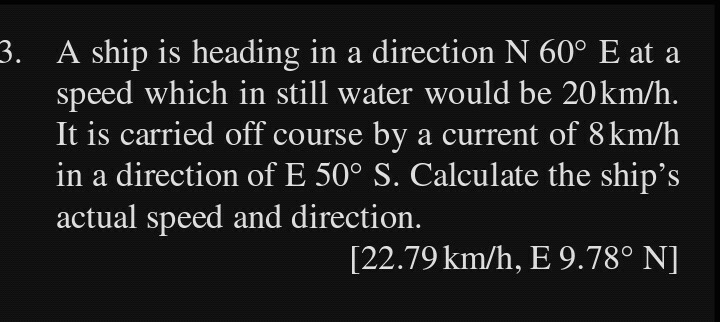
AllQuestion and Answers: Page 1508
Question Number 60441 Answers: 1 Comments: 0
Question Number 60426 Answers: 0 Comments: 2
Question Number 60425 Answers: 0 Comments: 0

Question Number 60424 Answers: 0 Comments: 2
Question Number 60423 Answers: 1 Comments: 0

Question Number 60422 Answers: 1 Comments: 5

Question Number 60421 Answers: 1 Comments: 0

Question Number 60416 Answers: 0 Comments: 0
Question Number 60413 Answers: 1 Comments: 4

Question Number 60410 Answers: 0 Comments: 2
Question Number 60406 Answers: 1 Comments: 0
Question Number 60398 Answers: 0 Comments: 3
Question Number 60386 Answers: 1 Comments: 4
Question Number 60384 Answers: 0 Comments: 0
$$\int{e}^{{coth}^{−\mathrm{1}} \left({x}\right)} \:{dx}\: \\ $$
Question Number 60376 Answers: 1 Comments: 2

Question Number 60370 Answers: 2 Comments: 0

Question Number 60367 Answers: 0 Comments: 6

Question Number 60362 Answers: 0 Comments: 1

Question Number 60340 Answers: 0 Comments: 0

Question Number 60337 Answers: 0 Comments: 2
Question Number 60335 Answers: 0 Comments: 0
Question Number 60330 Answers: 0 Comments: 1

Question Number 60354 Answers: 0 Comments: 0

Question Number 60351 Answers: 0 Comments: 2

Question Number 60357 Answers: 0 Comments: 1

Question Number 60347 Answers: 1 Comments: 1

Pg 1503 Pg 1504 Pg 1505 Pg 1506 Pg 1507 Pg 1508 Pg 1509 Pg 1510 Pg 1511 Pg 1512
